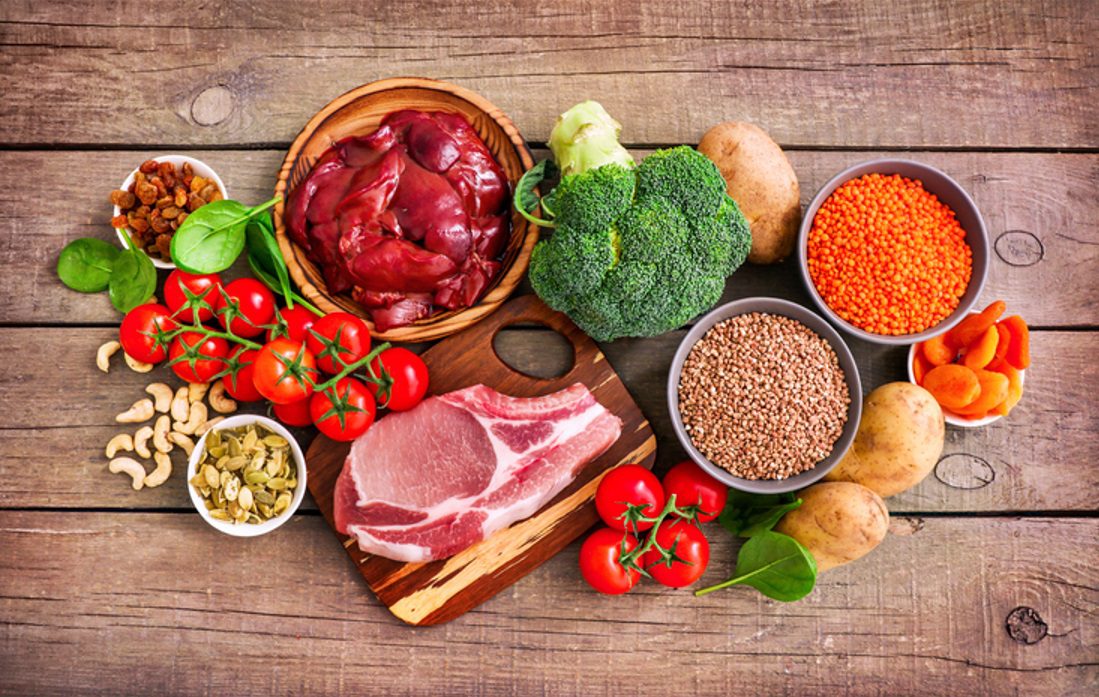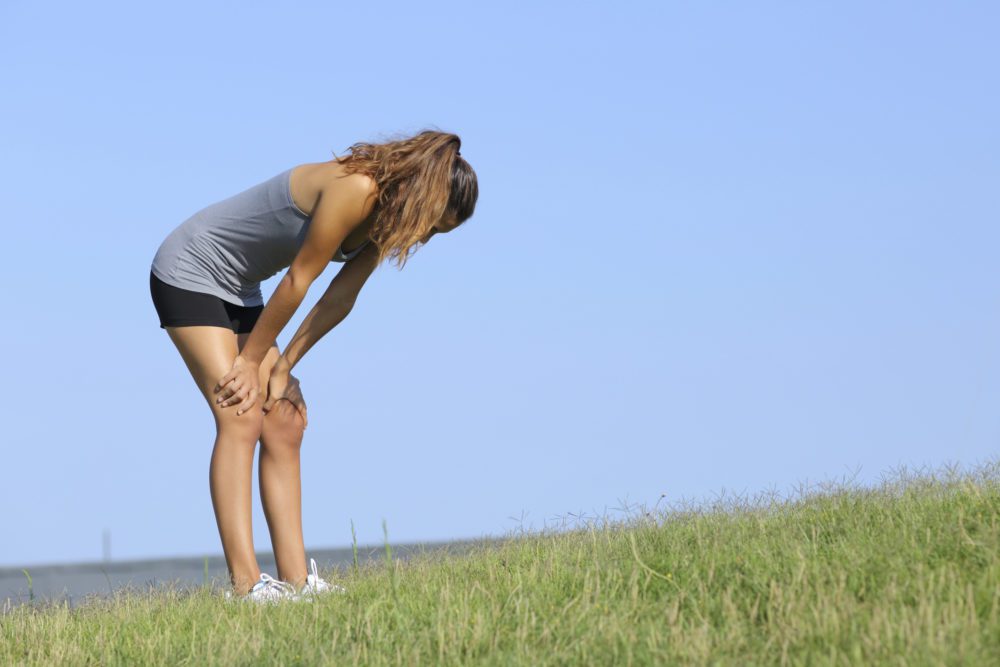Everything runners need to know about iron
Are low iron levels affecting your running performance?

Among the variety of important vitamins and minerals required in a runner’s diet to allow them to perform at their best, iron tops the list. Having low levels of iron will force you to slow down or even quit altogether, and will definitely impact your ability to get a shiny new PB at your next race. Iron deficiency is fairly common among runners, so it’s important to be aware of the signs and symptoms so you can continue to run strong and healthy.

RELATED: Signs you may be dealing with a nutrient deficiency
What does iron do?
Iron plays a number of roles in your body, but for the main function as it pertains to runners is oxygen transport. When you breathe in, the oxygen that enters your lungs binds to the iron that’s in your blood, which is then carried by hemoglobin (protein molecules in your blood) to the rest of your body. If you don’t have adequate iron levels in your blood, your body cannot make enough oxygen-carrying red blood cells, which eventually leads to iron deficiency anemia.
What are the symptoms of iron deficiency?
Symptoms of iron deficiency can include general fatigue, a consistent lack of energy to complete your usual runs or workouts, dizziness and headaches, shortness of breath, unusual cravings for non-food items, like ice or paper, difficulty maintaining body temperature and pale skin and fingernails. Some runners describe feeling like they wanted to curl up on the side of the road and go to sleep during their usual runs, and others say they had difficulty completing a regular easy run without taking several walk breaks. Of course, feeling tired during your runs could be caused by a number of factors (like lack of sleep, over-training or high stress), but if it’s happening consistently, or it continues to happen despite correcting any other possible causes, low iron levels could be the culprit.
The only way to know for sure that your lack of energy is being caused by low iron levels is to have your blood tested at a medical clinic. If you suspect you have low iron, talk to your doctor about having some bloodwork done to test specifically for low iron.

Who is at risk for iron deficiency?
As we already said, runners are at a higher risk for iron deficiency compared to the rest of the population. Female runners who are menstruating, pregnant women and young runners (adolescents and teens) may also have a higher risk for anemia. The recommended daily intake for adult women is 18mg/day, and the recommended intake for adult men is 8mg/day.
Which foods are high in iron?
There are two types of iron: heme, which is found in animal foods like oysters, liver, beef, eggs and poultry and non-heme, which is found in plant-based foods like fortified cereals, lentils, kidney beans, seeds and dark, leafy greens. Heme iron is more easily absorbed by your body, but if you don’t eat meat, it’s important that you pair iron-rich plant foods with foods that are high in vitamin C, which can help your body absorb the iron more effectively.
If you have bloodwork done and your iron levels are low, a doctor may recommend taking an iron supplement. While you don’t need a prescription to take an iron supplement, it is important that you have bloodwork done first because taking too much iron can be dangerous. When you talk to your doctor, it is important that you explain to them that you are a runner and describe your symptoms, because the acceptable range of iron levels can go as low as 20 µ/L, but most runners perform better when their levels are closer to 30µ/L or 50 µ/L.

RELATED: High-iron foods don’t necessarily boost iron levels in runners
If you think your iron levels may be affecting your running performance, talk with your doctor to have them checked. Once you know where they stand, you can work with a medical professional or a dietitian to create an action plan that will work for you.


